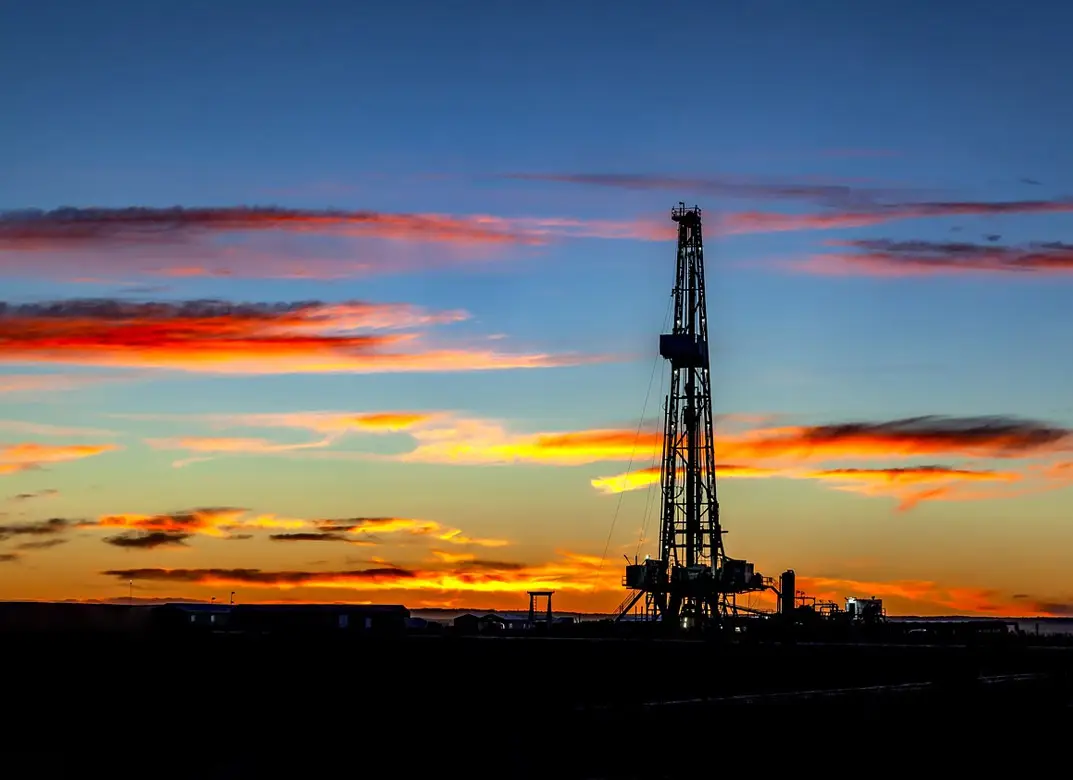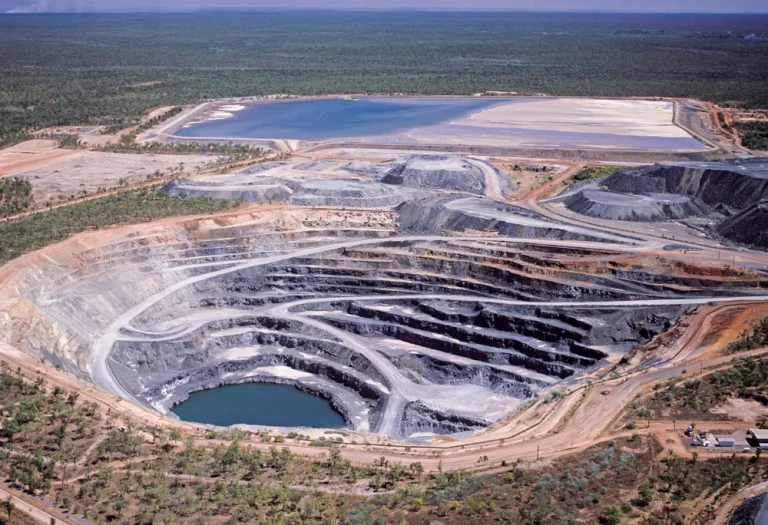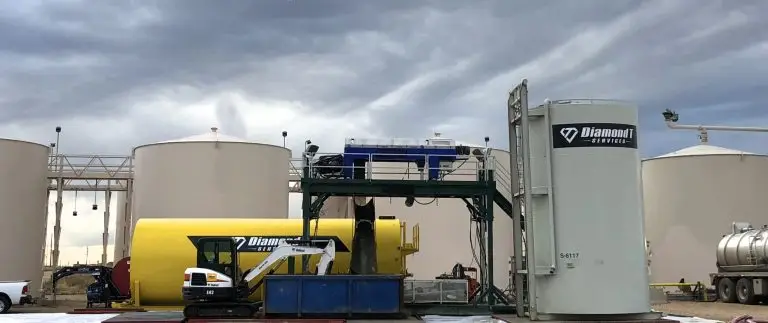Oil and natural gas are naturally forming fossil fuels that develop through the decomposition of organic matter over millions of years. There are a number of steps in the detailed and intricate process to finally get to the stage that we think of today. It takes a lot of good timing and perfect conditions to form these fuels, which make up a big part of our daily lives.
Oilfield equipment rentals can help with a variety of aspects in the process of extracting, transporting, and refining oil. However, it’s important to understand the lengthy process involved in creating these crucial fuels to the world’s industry and economy. I
Accumulation & Pressure
The formation of oil and natural gas actually begins with tiny organic material. Things like plankton, algae, and other marine organisms settle at the bottom of oceans or lakes when they die. From there, they mix with sediment are buried under layers of mud and sand. More and more of these layers accumulate over time, allowing the organic matter to get buried deeper and deeper.
The weight of those other layers, combined with the heat of the planet’s interior, puts the material under extremely high pressure and high temperature. This process is called diagenesis, which is when the organic matter starts to undergo intense chemical and physical changes. Over time, the organic material transforms into a substance called kerogen. This substance isn’t quite oil or natural gas just yet, but it is an important stage of the process.
Formation & Trapping
As the pressure and temperature continue to increase with the material going to greater burial depths, the kerogen starts to undergo even more chemical changes. Once the heat becomes overwhelming, the kerogen breaks down, and molecules of hydrogen and carbon are released. These hydrocarbons slowly form into either crude oil or natural gas, depending on the specific conditions. Oil will generally form at lower tempers and in places with higher amounts of hydrogen. Natural gas favors higher temperatures and areas that possess more carbon-rich organic matter.
Once formed, the oil and gas will migrate through the surrounding rocks, moving away from the high pressure and elevated temperatures to spaces that have lower pressure. Once there, they can accumulate in more porous rocks such as limestone or sandstone. These porous rocks, or reservoirs, trap the hydrocarbons underground. That trapping is the final step, and can happen in a number of ways. Things like impermeable rocks or fault lines can prevent the oil and gas from escaping to the surface, keeping them confined within the reservoirs.
The oil and gas stays there until it can be extracted by the oil and gas industry, giving us an essential energy source for countless activities. There are many moving parts to the oil and gas industry, and extraction is an in-depth process, as well. For more information on oil and gas formation and extraction, reach out to the experts at Diamond T Services today.






